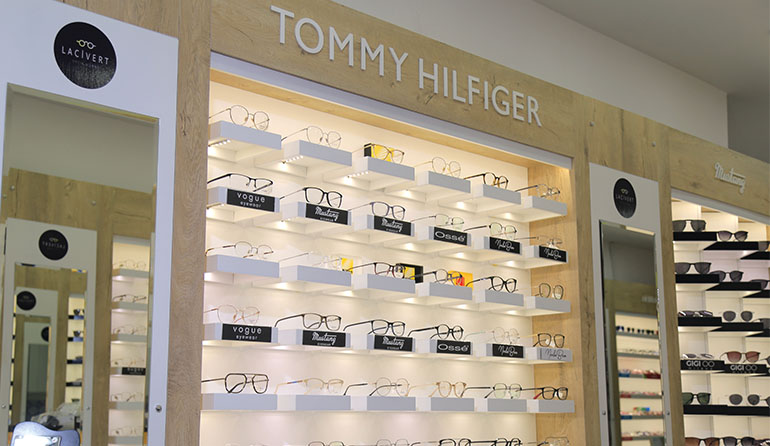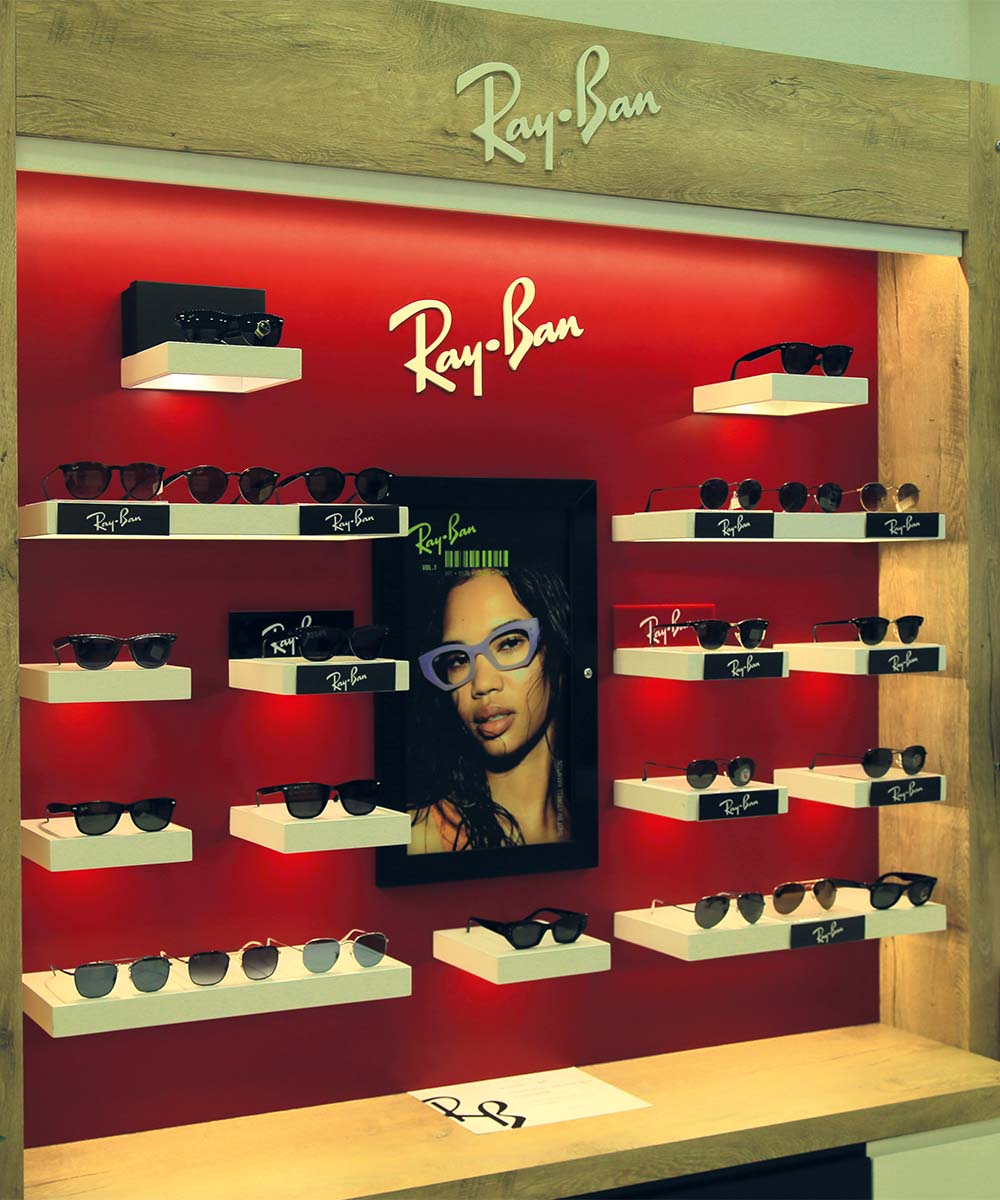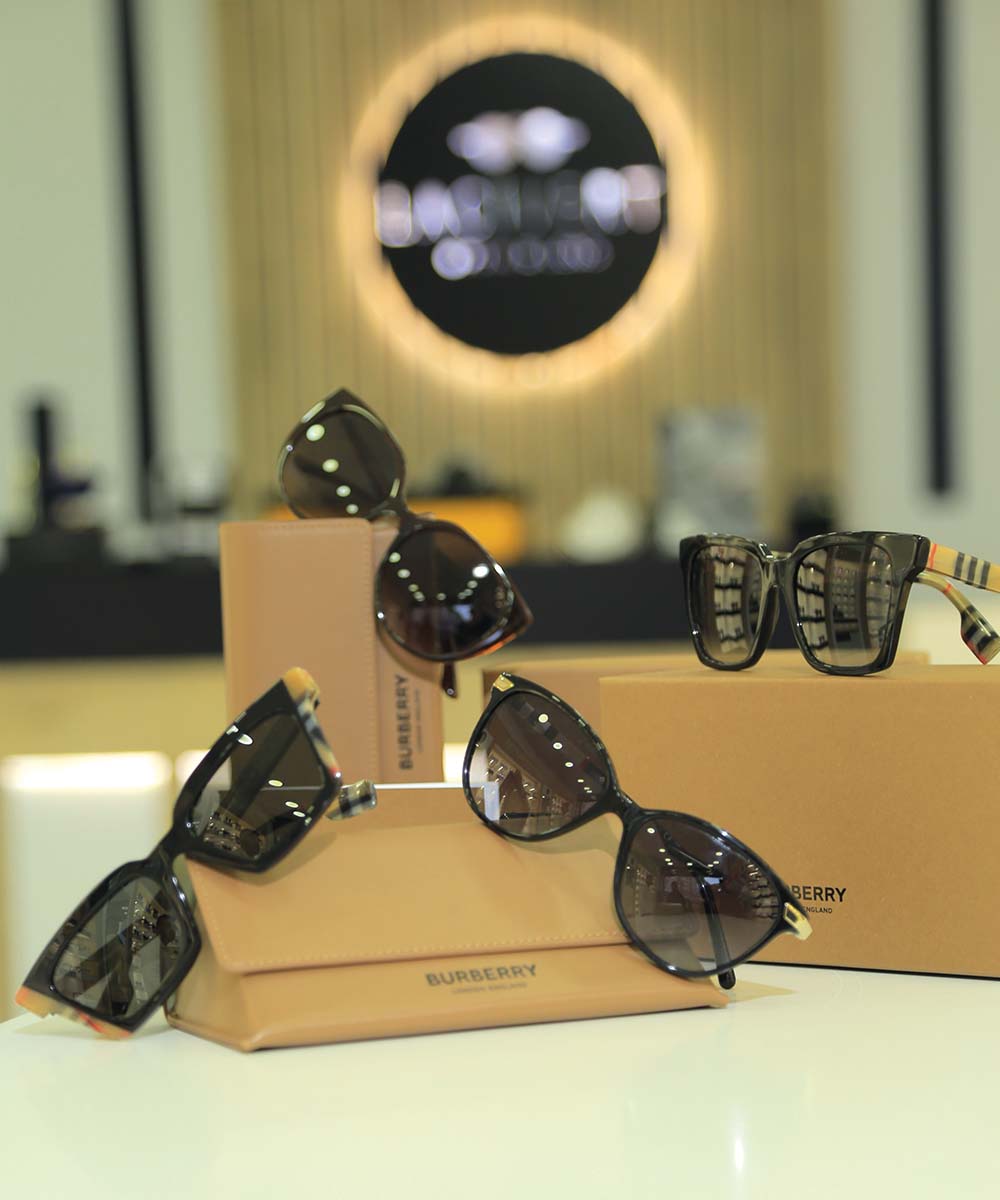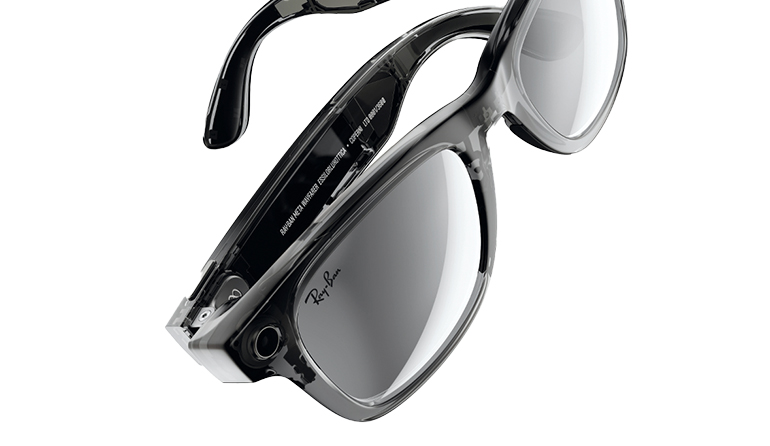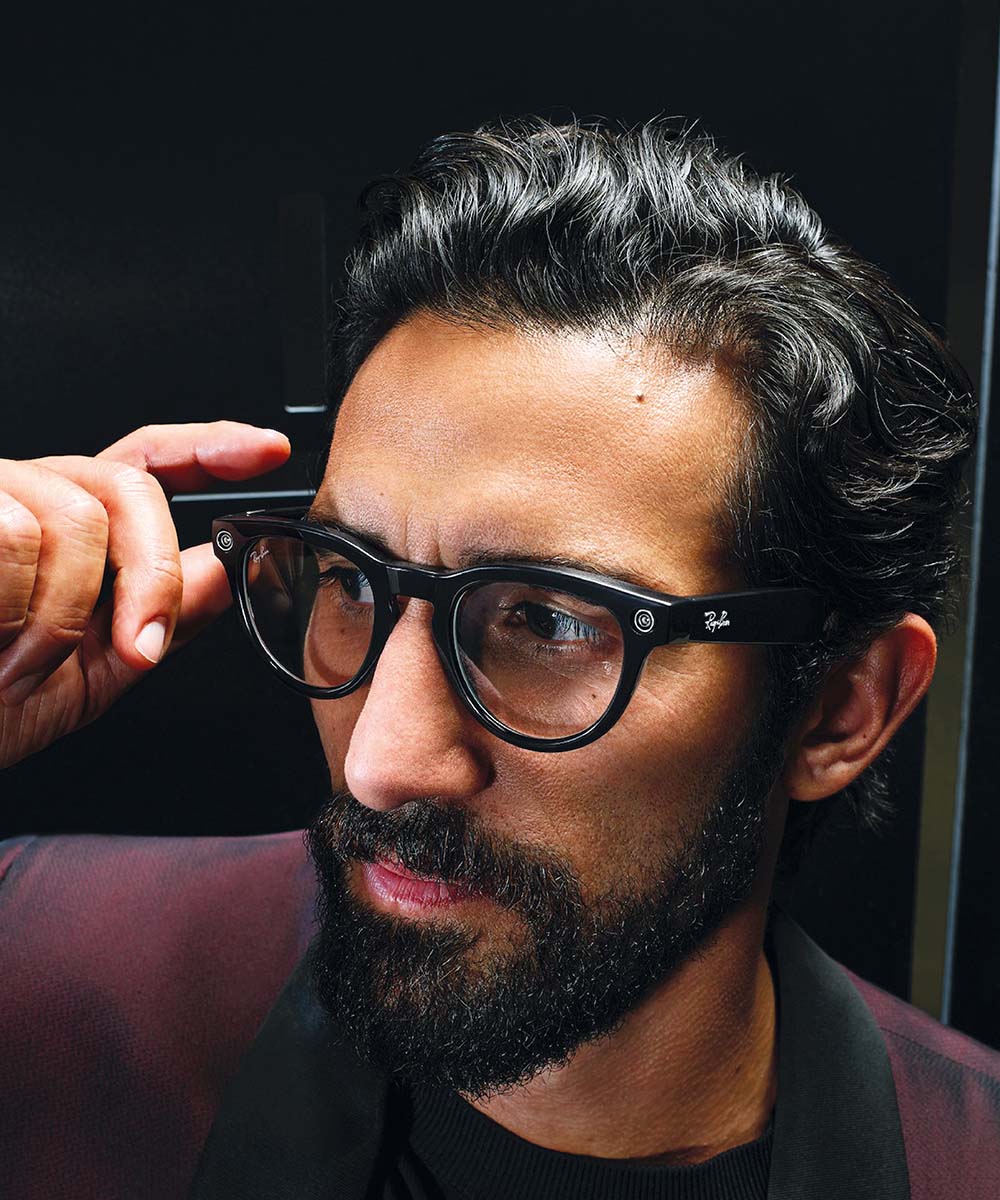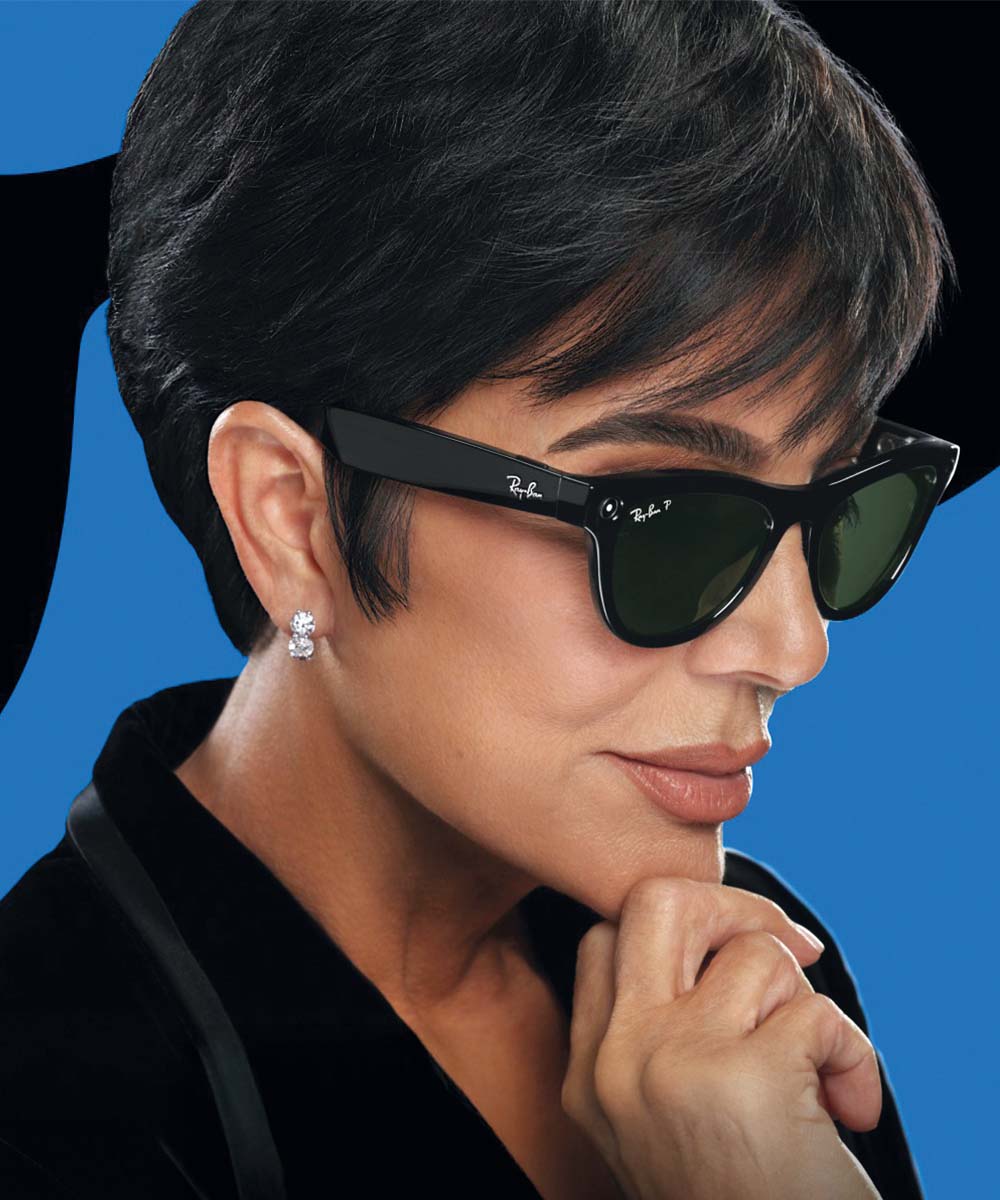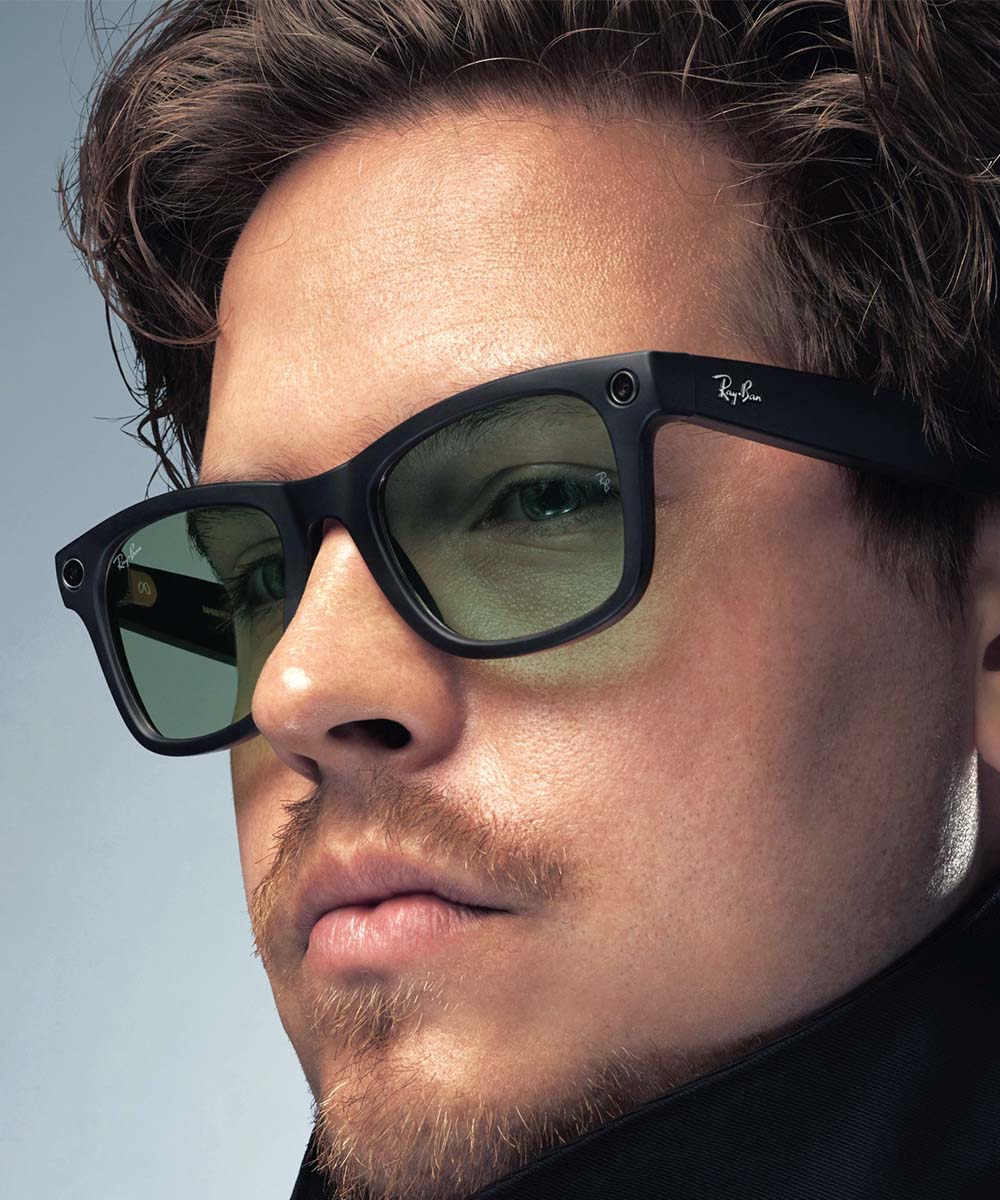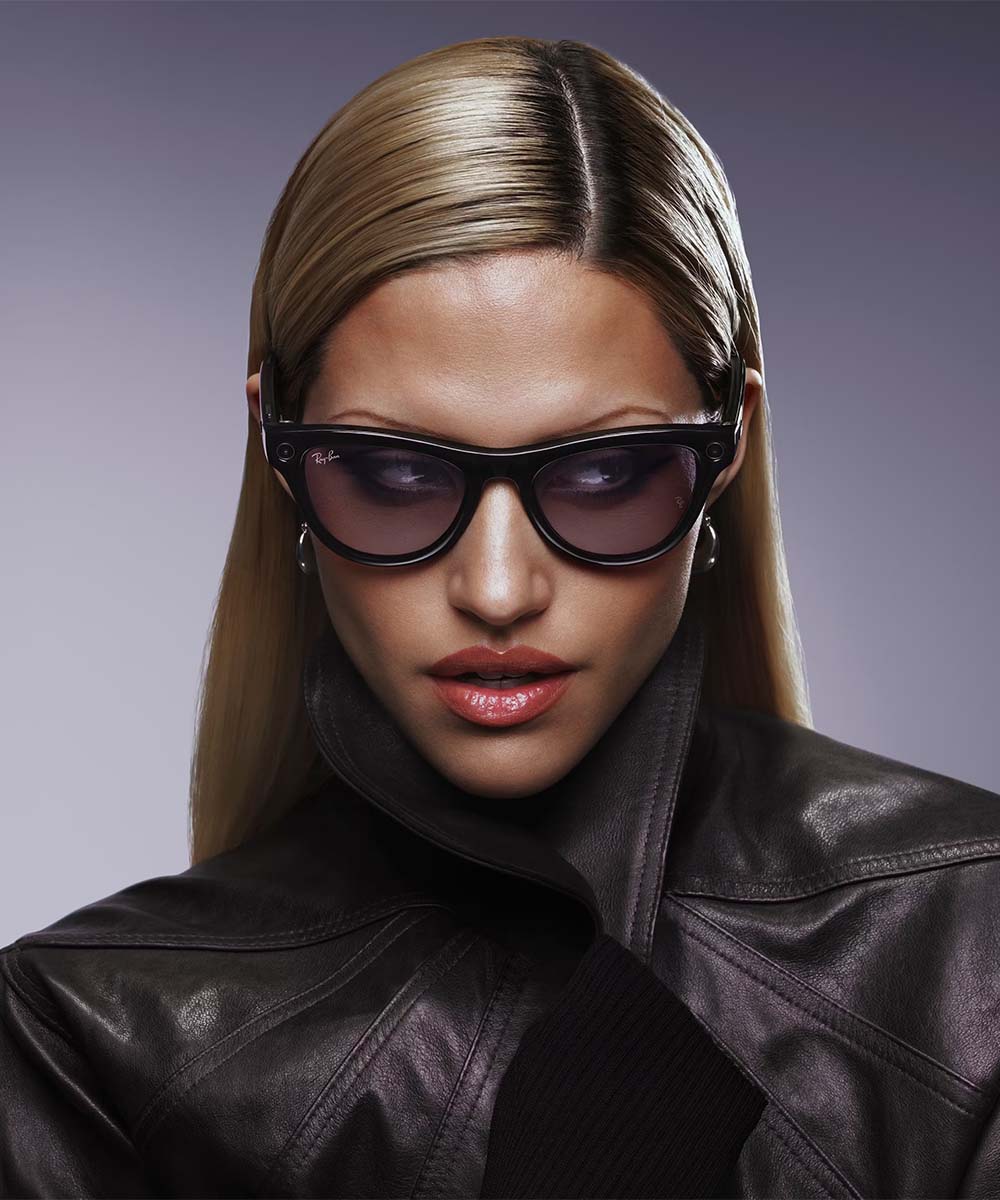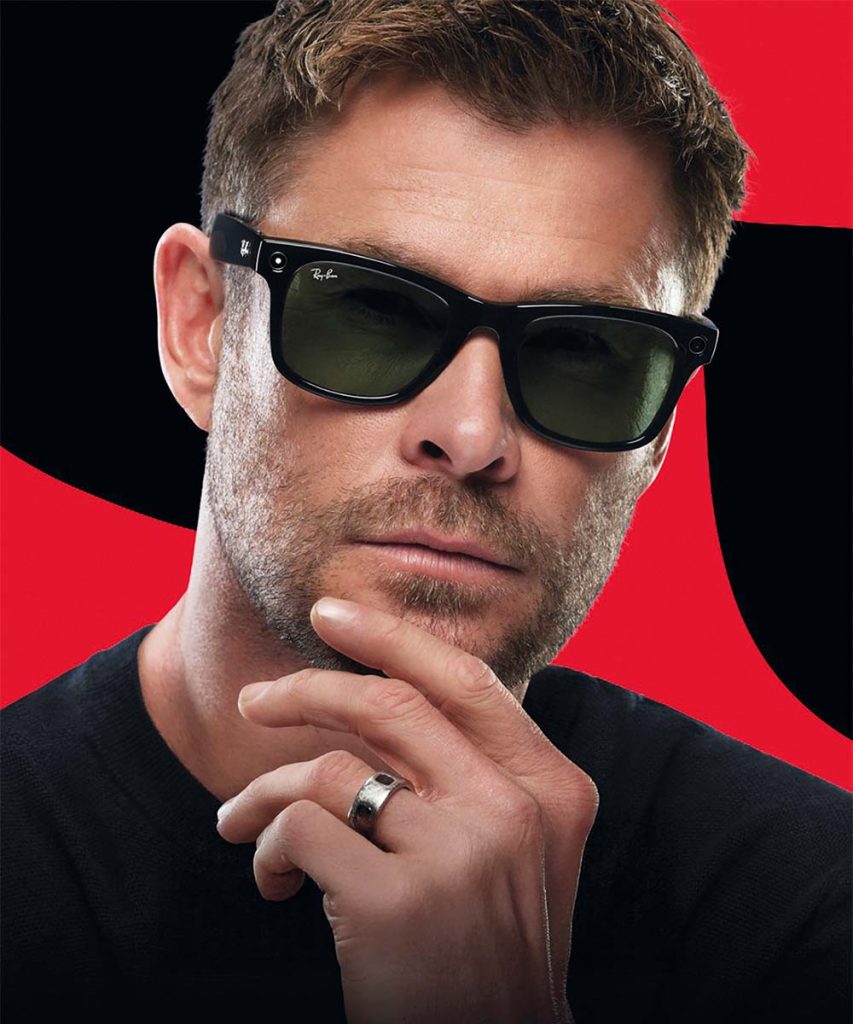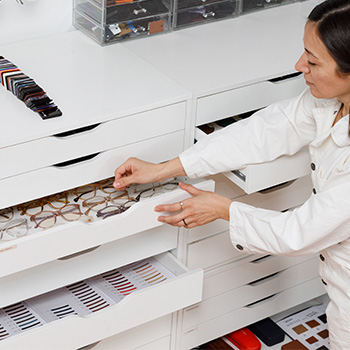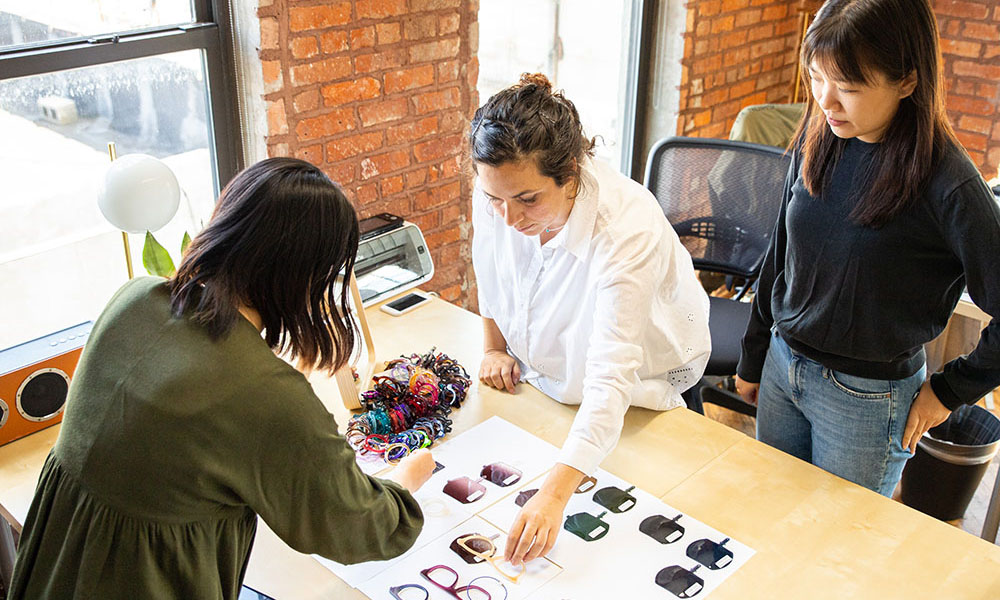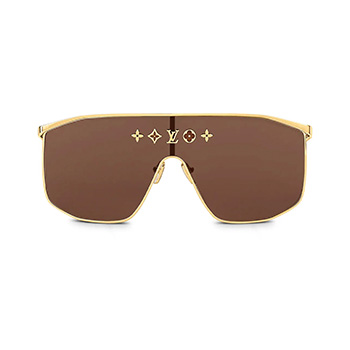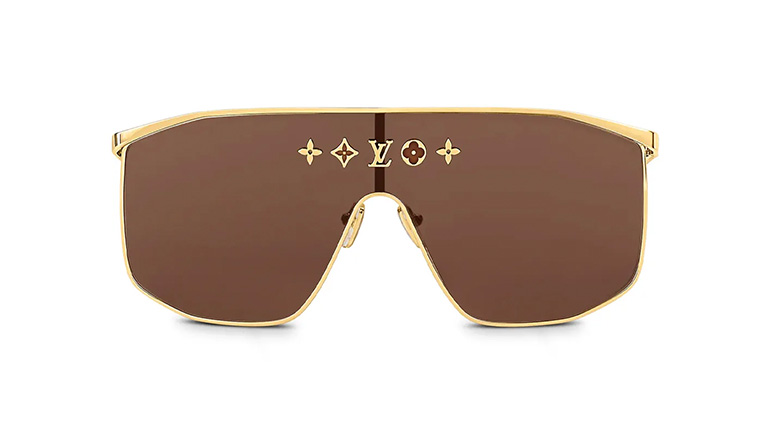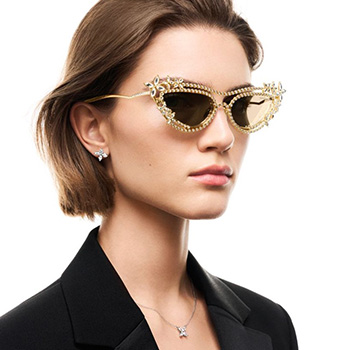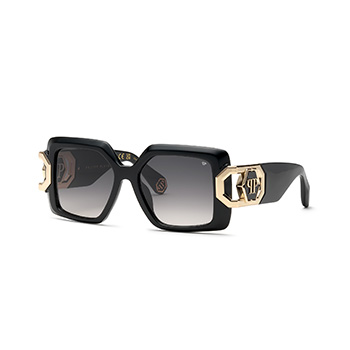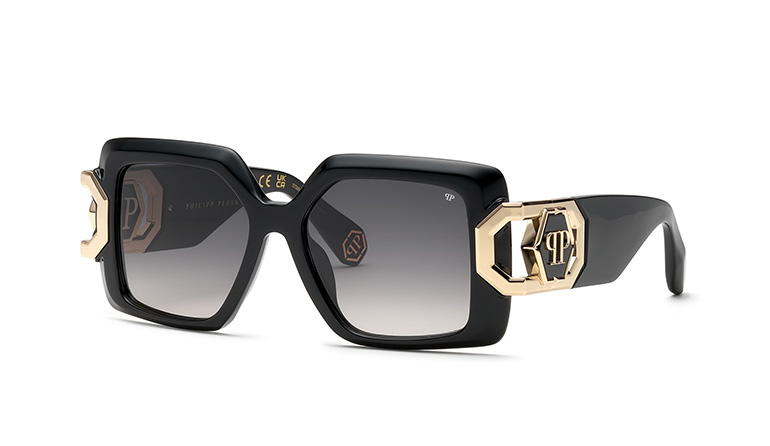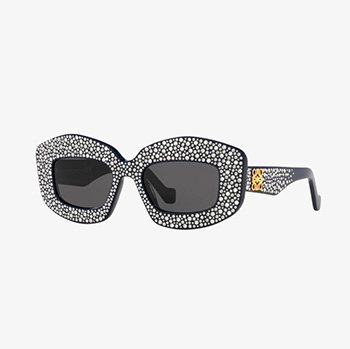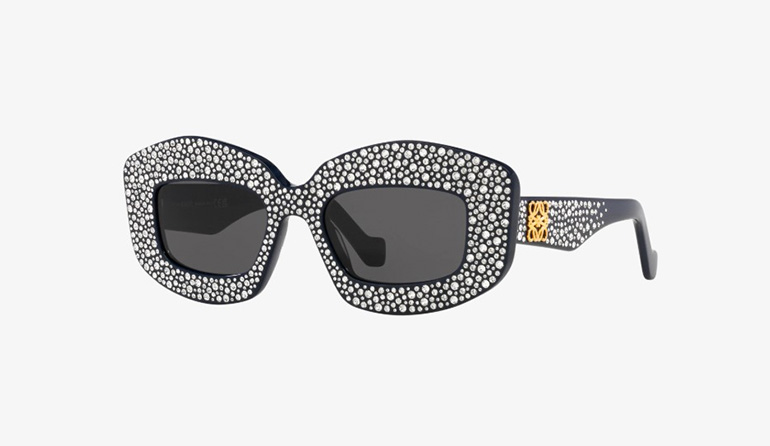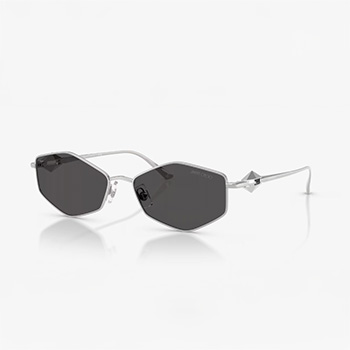
OPKA OPTİK
Building Trust with Its Quality & Ethical Values
“I believe that Silmo Istanbul is a great opportunity to follow innovations, strengthen collaborations and exchange ideas about the sector.”
Hello Mr. Avşar. Could you introduce yourself to our readers and share your journey into the industry along with the experience you have gained so far?
Hello. My name is Kadir Avşar, and I was born in Istanbul in 1981. I stepped into the industry in 1998 at the age of seventeen. Since then, I have had the opportunity to gain experience by working in various positions within the sector. In my 28 years of professional life, I have changed jobs only once, and that was due to the company I worked for ceasing its operations. Throughout this long journey, patience, perseverance, and stability have always been indispensable values for me. I have taken on a range of responsibilities, from sales to management, in some of the leading lens brands in the industry. I have always strived to fulfill each role with great care and dedication.
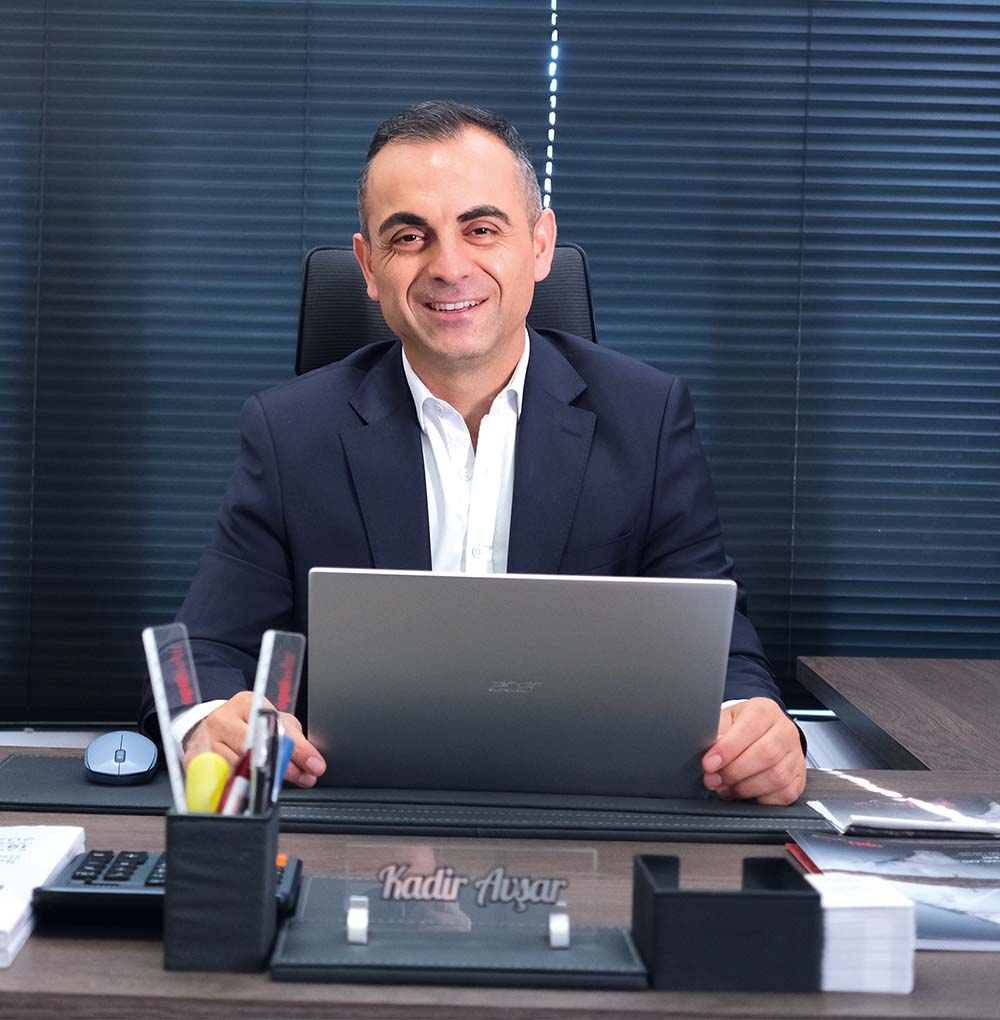
How did you decide to establish Opka Optik? Could you share the story behind its founding?
Thanks to my long-standing field experience and strong brand relationships, I felt the time had come to chart my own course. I founded Opka Optik in 2024, bringing together my knowledge, expertise, and trust-based relationships under one roof. My goal during the establishment process was not merely to create a commercial structure but to build a business model rooted in ethics, quality, and sustainability.
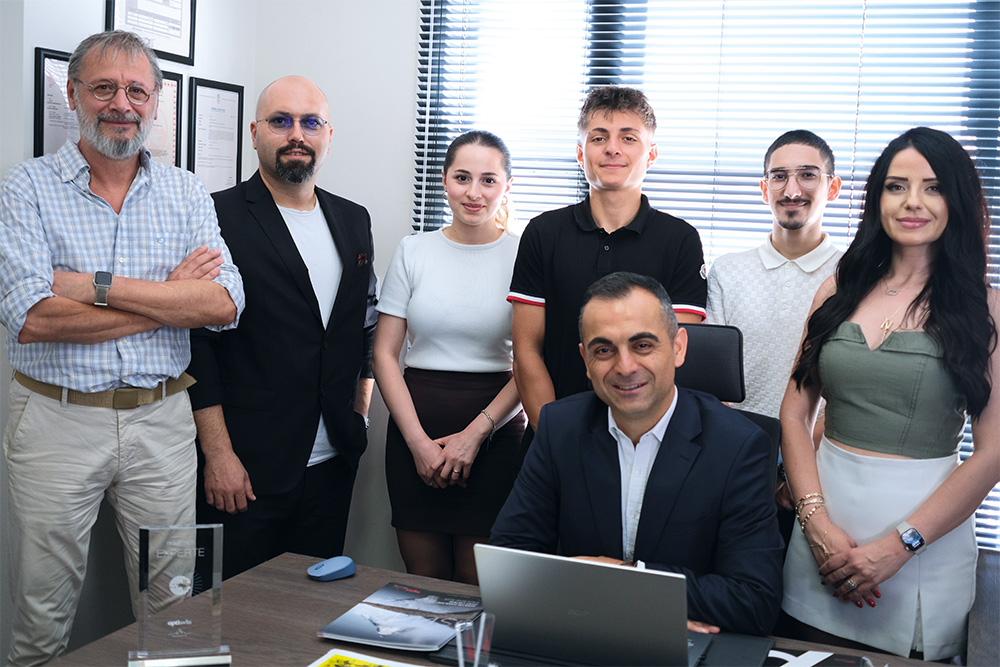

Although it was founded only last year, Opka Optik has shown rapid growth. What lies behind this success?
Even though Opka Optik was established in 2024, there is in fact a long-standing accumulation of experience behind this success. Having worked actively in the sector for twenty-eight years, the trust-based relationships I have built with both my customers and business partners have become our greatest strength today. Moreover, starting out with a reliable and high-quality brand like Optiswiss was a major advantage for us. My confidence in the brand and its product quality allowed us to lay much stronger foundations. Our reliability, transparency, and commitment to quality service have enabled us to quickly establish a strong position, and we continue to move forward with a focus on long-term partnerships.
What were the main factors that led you to collaborate with the Switzerland-based Optiswiss for Opka Optik? How did your distributorship process begin?
At a certain stage in my career, I had the opportunity to actively sell Optiswiss products in the field. My trust in the brand dates back to those years. Both the product quality and the positive feedback from customers had genuinely impressed me. When I decided to start my own business, I did not hesitate to take my first step with Optiswiss. I believed that not only my company but also the industry truly needed a brand of such quality and reliability. The distributorship process naturally began with this trust and mutual understanding built over the years. Today, I can say that this collaboration has evolved beyond a commercial partnership to become part of a shared vision.

Could you tell us about the general qualities and production approach of Optiswiss? What sets the brand apart from its competitors in your opinion?
Founded in Switzerland in 1937, Optiswiss produces its entire range entirely in Switzerland and operates with the highest engineering and quality standards. Optiswiss is a first-class independent Swiss brand focused on quality, sustainability, and innovation. All production processes are carried out in accordance with ISO quality management systems, with many stages exceeding these standards in terms of precision and tolerances. Optiswiss embraces the “Swiss Made” quality approach not as a mere label but as a principle at every stage of production. Its manufacturing facility in Basel operates entirely on renewable energy. With state-of-the-art automation, thousands of lenses are produced every day with the highest precision and quality. For me, what makes the brand truly special is not only its technical competence but also the way this high-quality philosophy is reflected in the field and to the end user. For those seeking a reliable solution partner in the premium segment, I believe Optiswiss is indeed a very strong alternative.
We know that the brand places great importance on R&D and innovation. How does this technology-focused approach translate into the field
Optiswiss sees innovation not merely as product development but as a core vision. In this regard, it allocates significant annual budgets to R&D, pioneering the sector in many areas from lens and coating technologies to personalized solutions. Thanks to this technology-driven approach, Optiswiss not only delivers high-quality products but also offers solutions that optical professionals can confidently recommend to their customers and that end users can enjoy with long-term satisfaction.
Do you have any products or service models specifically developed for the Turkish market?
Since the Turkish market is both dynamic and highly competitive, we attach great importance to expanding our product range and offering solutions tailored to local needs. In the coming period, we aim to highlight Optiswiss SMYLE myopia control lenses, which make a global impact by being produced in all indices, as well as newly developed progressive designs.
What are the distinguishing features of the services you provide to your business partners at Opka Optik?
Coming from the field myself, I have a strong understanding of the challenges and real needs our business partners face in daily operations. This enables us to create a structure at Opka Optik that offers not only products but also solutions. We focus on delivering the fastest and most reliable services both in sales and after-sales. From order to delivery, from technical support to customer communication, we strive to remain accessible and solution-oriented at every stage. Our decision-making processes are built on transparency and mutual trust. Since our aim is to build long-term, sustainable relationships with our business partners, we regard the satisfaction of both them and the end consumer as our most important measure of success.
What are your goals for the upcoming period? Do you have any plans for new investments, collaborations, or expanding your product range?
In the short term, our priority is to increase the recognition and reach of the Optiswiss brand, for which we hold the distributorship, across Turkey. To this end, we aim to build a wider dealer network, strengthen our presence in the field, and provide face-to-face support to optical professionals. In the medium and long term, we plan to enrich our portfolio with new product groups and introduce to the market special solutions that the sector needs. We are particularly open to new collaborations in the areas of personalized lens solutions, next-generation coating technologies, and specialty lenses. In addition, we plan to invest in digital infrastructures, after-sales support systems, and logistics efficiency to further enhance customer satisfaction. We are determined to continually improve ourselves and make a difference in terms of both product variety and service quality.
With nearly thirty years of experience, what advice would you give to young entrepreneurs and those new to the industry?
This industry requires patience, dedication, and trust. Love what you do, be honest, and always keep your word. It is very important to go beyond short-term goals and progress with long-term plans. My most valuable advice would be to do your work with passion, remain committed to ethical principles, and never stop building trust.
What are your thoughts on Silmo Istanbul Optical Fair? How do you evaluate its contribution to the sector?
I believe that Silmo Istanbul Optical Fair is a very important event for our optical industry. I find it extremely valuable in bringing together both national and international players. I believe that Silmo Istanbul offers a great opportunity to follow innovations, strengthen collaborations, and exchange ideas about the sector.
Thank you for your valuable interview. Finally, what are your thoughts on our magazine 4 your eyes?
I can say with confidence that you are at the top of the list among publications that add value to the industry. I believe that both your content quality and your approach to providing accurate and up-to-date information are truly valuable for us optical professionals. I thank you for your efforts and wish you continued success.
September 2025







